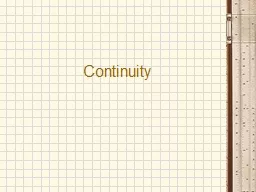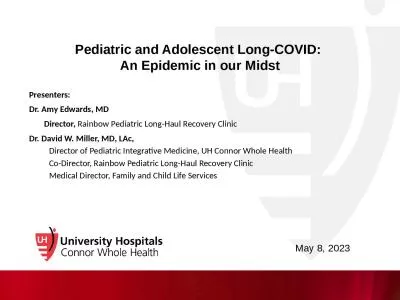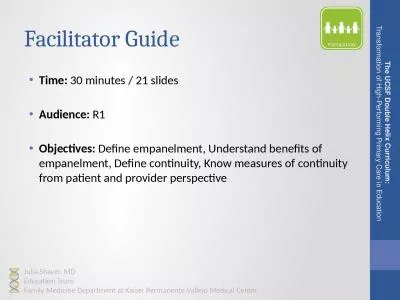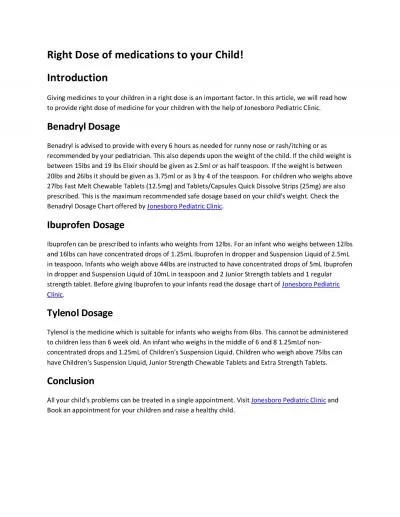PPT-Pediatric Continuity Clinic Curriculum
Author : pamella-moone | Published Date : 2018-11-07
Created by Safia Ilyas PGY2 Car Seats Objectives Review AAP car seat guidelines and incorporate into appropriate guidance for families Learn how to properly place
Presentation Embed Code
Download Presentation
Download Presentation The PPT/PDF document "Pediatric Continuity Clinic Curriculum" is the property of its rightful owner. Permission is granted to download and print the materials on this website for personal, non-commercial use only, and to display it on your personal computer provided you do not modify the materials and that you retain all copyright notices contained in the materials. By downloading content from our website, you accept the terms of this agreement.
Pediatric Continuity Clinic Curriculum: Transcript
Download Rules Of Document
"Pediatric Continuity Clinic Curriculum"The content belongs to its owner. You may download and print it for personal use, without modification, and keep all copyright notices. By downloading, you agree to these terms.
Related Documents














